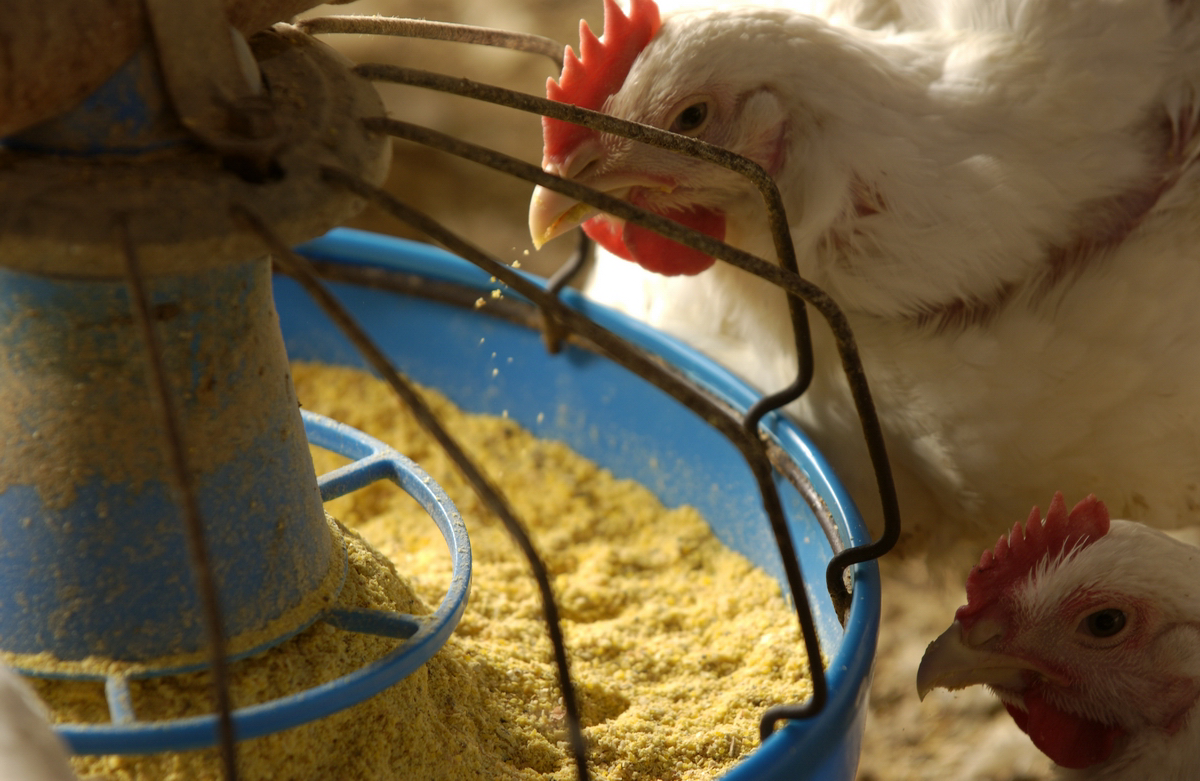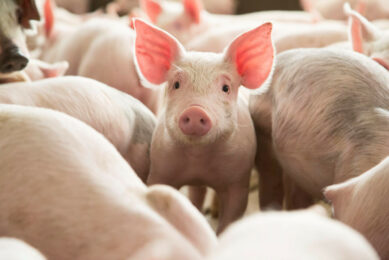Alarming heavy metal levels in Asian feed and premixes

30% of the samples collected from complete feed, premix, inorganic minerals and organic minerals contained heavy metals and are above the acceptable EU levels.
This is the conclusion from the 2015 Alltech Heavy Metal Survey among almost 500 samples throughout the Asia-Pacific region. These were analysed for arsenic (As), cadmium (Cd) and lead (Pb) with an Inductively Coupled Plasma Optical Emission Spectrometry (ICP-OES) within Alltech’s extensive laboratory facilities.
Impact for animals and consumers
“As we have seen over the previous years we have conducted the survey, the results were once again quite alarming. Results show 30% of 498 samples tested were contaminated with at least one heavy metal above acceptable EU levels. A closer look into the results show that 14% of inorganic minerals, 7% of organic minerals, 15% of premixes and a staggering 68% of the complete feeds analyzed were contaminated. This has been shown to have not only an impact on animal performance but also on consumer safety,” said Tara Jarman, Alltech Asia-Pacific mineral manager.
Lead in poultry feed sample
Extremely high levels of heavy metals were detected in some samples. For example, 2,019 ppm of cadmium was detected in a copper sulphate sample while a zinc oxide sample revealed 3,023 ppm of lead. One poultry feed sample from Southeast Asia contained a high level of lead at 722 ppm. High contamination levels are commonly found in inorganic minerals due to the mining and manufacturing process as well as less stringent quality assurance applied to feed-grade mineral sources.
Ongoing risk
“It is important to remember, that this survey is only a snapshot in time. Heavy metal contamination is an ongoing risk. The only way to ensure ongoing quality minerals, free from heavy metal, PCB and dioxin contamination, is to test every batch” said Jarman.











